The Indian Space Research Organisation (ISRO)
The Indian Space Research Organisation (ISRO) has a fascinating history of growth and achievement. Established in 1969, ISRO's primary objective was to harness space technology for various national tasks, including communication, Earth observation, and scientific exploration.
Formation and Early Years (1960s-1970s)
ISRO was founded on August 15, 1969, by Dr. Vikram Sarabhai, a visionary scientist often referred to as the father of the Indian space program. The organization's first satellite, Aryabhata, was launched in 1975, marking India's entry into the world of space technology.
I apologize for the abrupt ending in my previous response. Let me provide more information about ISRO's formation and early years in the 1960s and 1970s:
During its formative years, ISRO faced various challenges, including limited financial resources and a lack of infrastructure. However, the organization was committed to self-reliance and gradually developed indigenous capabilities in space technology. The Thumba Equatorial Rocket Launching Station (TERLS), established in 1963, marked India's initial steps into space research with sounding rocket launches for atmospheric studies.
In 1972, the Indian National Satellite System (INSAT) program was initiated to address telecommunication, broadcasting, and meteorological needs. ISRO launched its first satellite, Aryabhata, in 1975, using the Soviet Kosmos-3M launch vehicle. While Aryabhata encountered technical issues after launch, the experience gained was invaluable for future endeavors.
In 1980, the Rohini Satellite Series was launched, marking India's first successful satellite launch using the Satellite Launch Vehicle (SLV-3), which was developed entirely within the country. This marked a significant milestone in ISRO's journey toward self-reliance in space technology.
ISRO's early achievements set the stage for the organization's future growth and expansion. The vision of using space technology for societal development, combined with a spirit of innovation and determination, laid the foundation for the remarkable rise of ISRO as a globally recognized space agency.
The 1960s and 1970s were a crucial period during which ISRO was established, and its initial steps were taken toward developing indigenous satellite launch and space technology capabilities. This era was marked by the dedication of scientists and engineers, guided by Dr. Vikram Sarabhai's vision, who worked tirelessly to shape ISRO's identity as a leader in space research and applications.
Satellite Launch Vehicle (SLV) Program (1980s)
ISRO developed its indigenous Satellite Launch Vehicle (SLV) program during the 1980s. In 1983, ISRO successfully launched the Rohini Satellite into orbit using the SLV-3, making India the sixth country to achieve satellite launch capability.
The Satellite Launch Vehicle (SLV) Program in the 1980s marked a significant milestone in India's space exploration journey, showcasing the country's ability to develop and launch its satellites into space. The SLV program was a stepping stone towards establishing India's indigenous space launch capabilities and self-reliance in space technology.
Here are the key points about the SLV Program in the 1980s:
Objective and Development
- The SLV Program aimed to develop an indigenous launch vehicle capable of placing small satellites into orbit.
- The program was initiated in the late 1970s and was developed by ISRO as a response to the need for launching satellites for communication, remote sensing, and scientific research.
SLV-3
- The first successful launch of the Satellite Launch Vehicle, named SLV-3, took place on July 18, 1980.
- SLV-3 was a four-stage solid-propellant launch vehicle designed to carry small payloads into low Earth orbit.
- The inaugural flight of SLV-3 successfully placed Rohini Satellite RS-1 into orbit, marking India's entry into the group of countries with satellite launch capabilities.
Technological Significance
- The development and successful launch of SLV-3 demonstrated India's capability to design, build, and launch its launch vehicles.
- It showcased the country's progress in mastering rocket technology, staging, and satellite deployment.
Achievements
- The SLV Program was a key step in India's efforts to become self-reliant in space technology and reduce dependence on foreign launch vehicles.
- It established a foundation for further advancements in launch vehicle technology, leading to the development of more advanced vehicles like the Polar Satellite Launch Vehicle (PSLV) and the Geosynchronous Satellite Launch Vehicle (GSLV).
Legacy
- The success of the SLV Program laid the groundwork for future satellite launch endeavors and missions undertaken by ISRO.
- It boosted the morale of ISRO's scientists and engineers, instilling confidence in their capabilities and encouraging them to pursue more ambitious space exploration missions.
The SLV Program of the 1980s was a pivotal phase in ISRO's history, as it demonstrated India's ability to independently design, develop, and launch its satellites into space. This achievement paved the way for further advancements in space technology and established ISRO's reputation as a reliable player in the global space arena.
Polar Satellite Launch Vehicle (PSLV) Development (1990s-2000s)
The development of the Polar Satellite Launch Vehicle (PSLV) during the 1990s and 2000s marked a significant milestone in ISRO's space endeavors. The PSLV became one of ISRO's most successful and versatile launch vehicles, contributing to India's emergence as a prominent player in the global space industry. Here's an overview of the PSLV's development and achievements during this period:
Development and Objectives
- The PSLV program aimed to create a reliable and cost-effective launch vehicle capable of delivering satellites into both polar and geosynchronous orbits.
- The development of PSLV started in the early 1980s, and the vehicle's first successful flight took place in 1993.
Key Features
- The PSLV is a four-stage launch vehicle that uses a combination of solid and liquid propulsion stages.
- It was designed to handle various payload sizes and configurations, making it adaptable for different types of satellite launches.
Milestones and Achievements
Maiden Flight The first successful launch of PSLV occurred on September 20, 1993, when it successfully deployed IRS-1E, an Earth observation satellite, into orbit.
Remote Sensing Satellites PSLV played a crucial role in launching a series of Indian Remote Sensing (IRS) satellites, which served purposes like environmental monitoring, disaster management, and resource management.
Foreign Payloads The PSLV gained a reputation for its reliability, and it became sought after by various international customers for launching their satellites. ISRO's Antrix Corporation, the commercial arm of ISRO, offered commercial launch services using PSLV.
Chandrayaan -1PSLV launched Chandrayaan-1, India's first lunar probe, in 2008. Chandrayaan-1 made significant discoveries, including evidence of water molecules on the Moon's surface.
Mars Orbiter Mission (Mangalyaan) In 2013, PSLV launched the Mars Orbiter Mission (Mangalyaan), which successfully entered Mars' orbit and made India the first Asian country to reach Martian orbit and the fourth space agency globally to do so.
Significance and Impact
- The PSLV's success established ISRO's reputation for reliable and cost-effective launch services, leading to an increase in international collaboration and commercial partnerships.
- It demonstrated ISRO's ability to develop advanced launch vehicle technology and manage complex missions.
- PSLV's versatility, reliability, and successful track record contributed to India's recognition as a key player in space technology.
The development and success of the PSLV program during the 1990s and 2000s marked a critical phase in ISRO's growth. The PSLV's achievements not only expanded India's capabilities in launching satellites but also positioned ISRO as a competitive and reliable player in the global satellite launch market.
Chandrayaan and Mars Orbiter Mission (2000s-2010s)
In 2008, ISRO launched Chandrayaan-1, India's first lunar probe, which made significant discoveries, including the presence of water molecules on the Moon's surface. Another landmark achievement was the Mars Orbiter Mission (Mangalyaan), launched in 2013. India became the fourth space agency to reach Mars and the first to do so successfully on its first attempt.
During the 2000s and 2010s, ISRO achieved remarkable success with two major space missions: Chandrayaan and Mars Orbiter Mission (MOM). These missions showcased India's capabilities in space exploration and deep space missions, earning international recognition. Here's an overview of these achievements:
Chandrayaan-1 (2008)
- Chandrayaan-1 was India's first lunar exploration mission, launched in October 2008.
- The mission aimed to study the Moon's surface, mineral composition, and search for water molecules using a combination of remote sensing and impact probes.
- Key instruments included a Moon Impact Probe (MIP) and a Moon Impact Probe (MIP) that detected water molecules on the Moon's surface.
- One of Chandrayaan-1's major discoveries was confirming the presence of water molecules on the lunar surface, which had significant implications for future lunar exploration.
- The mission, however, faced challenges due to communication issues and lost contact in August 2009. Despite this setback, Chandrayaan-1 provided valuable scientific data before its mission ended.
Mars Orbiter Mission (Mangalyaan) - 2013
- Launched in November 2013, Mangalyaan, India's Mars Orbiter Mission, aimed to study the Martian surface, morphology, and atmosphere.
- MOM marked India's entry into interplanetary exploration and established ISRO as the fourth space agency to reach Mars' orbit, and the first to do so successfully on its first attempt.
- The orbiter carried five scientific instruments to study various aspects of Mars, including surface morphology, mineralogy, and Martian atmosphere.
- Mangalyaan's successful insertion into Mars' orbit with a limited budget gained global attention and recognition, showcasing ISRO's technological prowess and efficient project management.
Significance
- Both Chandrayaan-1 and Mars Orbiter Mission demonstrated ISRO's ability to undertake complex deep space missions with limited resources.
- These missions expanded India's space exploration capabilities and furthered scientific understanding of the Moon and Mars.
- Chandrayaan-1's water discovery on the Moon and Mangalyaan's success in Martian orbit boosted India's prestige in the global space community.
Overall, the successful Chandrayaan and Mars Orbiter Mission marked a significant period in ISRO's history, where it transitioned from Earth-focused missions to interplanetary exploration, showcasing India's potential in space exploration and technological innovation.
Commercial Launch Services (2010s)
ISRO ventured into the commercial space launch market by offering affordable launch services for foreign satellites using the PSLV and later the GSLV (Geosynchronous Satellite Launch Vehicle) variants. This move contributed to ISRO's revenue generation and international reputation.
During the 2010s, the Indian Space Research Organisation (ISRO) significantly expanded its commercial launch services, offering cost-effective options for launching satellites from around the world. This move not only contributed to ISRO's revenue generation but also solidified its reputation as a reliable and competitive player in the global space launch market. Here's an overview of ISRO's commercial launch services during the 2010s:
Advantages of ISRO's Commercial Launch Services
Cost-effectiveness: One of the primary factors that attracted international customers to ISRO's commercial launch services was the cost advantage. ISRO offered competitive prices for satellite launches, making it an attractive option for countries, organizations, and companies seeking to put their satellites into orbit.
Reliability: ISRO's track record of successful launches, especially with vehicles like the Polar Satellite Launch Vehicle (PSLV), established the organization's reputation for reliability. This reliability factor played a crucial role in gaining the trust of commercial customers.
Versatility: The PSLV's versatility in accommodating multiple payloads in a single mission (through ride-sharing) allowed ISRO to offer flexible launch solutions to customers with various satellite sizes and requirements.
Key Commercial Launches
Multiple Satellites in a Single Launch: ISRO began offering rideshare opportunities, where multiple small satellites from different customers could be launched together in a single mission. This approach maximized the efficiency and utilization of launch vehicles.
Global Reach: ISRO's commercial launch services attracted customers from various countries and continents, including North America, Europe, Asia, and Africa. This global clientele showcased the international demand for ISRO's launch capabilities.
Satellite Constellations: ISRO facilitated the launch of satellite constellations for purposes such as Earth observation, communication, remote sensing, and scientific research.
Impact and Legacy
- The expansion of ISRO's commercial launch services contributed significantly to the organization's revenue generation, helping fund its ambitious space exploration and technology development projects.
- It positioned ISRO as a strong competitor in the commercial launch market, providing viable alternatives to established players like SpaceX, Arianespace, and Roscosmos.
- ISRO's success in commercial launches highlighted the value of international collaboration and the benefits of utilizing India's cost-effective launch services for countries with limited space budgets.
Overall, ISRO's commercial launch services during the 2010s played a pivotal role in showcasing India's capabilities in the global space industry. The combination of affordability, reliability, and versatility made ISRO an attractive option for a wide range of customers looking to deploy satellites into space.
NavIC and Space Exploration (2010s)
ISRO developed the Navigation with Indian Constellation (NavIC), an independent regional navigation satellite system. Additionally, ISRO announced plans for ambitious missions like the Chandrayaan-2 mission, which included an orbiter, lander, and rover to explore the Moon's south pole.
During the 2010s, ISRO achieved several significant milestones, including the development of the Navigation with Indian Constellation (NavIC) satellite system and advancements in space exploration. Here's an overview of these achievements:
Navigation with Indian Constellation (NavIC)
- NavIC, also known as the Indian Regional Navigation Satellite System (IRNSS), is India's indigenous satellite navigation system developed by ISRO.
- The system was designed to provide accurate position information services to users in India and the surrounding region.
- NavIC consists of a constellation of satellites in geosynchronous and geostationary orbits, offering precise positioning and timing information.
- It provides services such as terrestrial, aerial, and maritime navigation, disaster management, vehicle tracking, and location-based services.
- NavIC enhances navigation accuracy and reliability, reducing dependence on foreign navigation systems like GPS.
Space Exploration
- ISRO continued its space exploration efforts during the 2010s, focusing on missions to explore celestial bodies beyond Earth's orbit.
- **Chandrayaan-2:** Launched in 2019, Chandrayaan-2 was India's second lunar exploration mission. It included an orbiter, a lander (Vikram), and a rover (Pragyan). Although the lander's attempt to soft-land on the Moon's surface didn't go as planned, the orbiter continues to provide valuable scientific data from lunar orbit.
Aditya-L1: ISRO announced plans for the Aditya-L1 mission, aimed at studying the Sun from a stable orbit around the Lagrange point L1, providing insights into the Sun's outermost layer and its impact on space weather.
Commercial Launch Services
- ISRO expanded its commercial launch services during the 2010s, with the PSLV and GSLV launching numerous foreign satellites.
- The organization's cost-effective launch options attracted international customers, contributing to its revenue generation and establishing its reputation as a reliable launch service provider.
Global Collaboration
- ISRO increased its collaboration with international space agencies, organizations, and industries, further enhancing India's standing in the global space community.
- Collaborative efforts included satellite launches, joint missions, scientific research, and sharing of technological expertise.
The 2010s were a period of consolidation and advancement for ISRO. The development of NavIC showcased India's capabilities in satellite navigation technology, while ongoing space exploration efforts and international collaboration solidified ISRO's position as a respected player in space research, technology, and applications.
Successful Missions and Continual Growth (2020s)
ISRO's growth trajectory continued into the 2020s with successful missions like the launch of the RISAT series of radar imaging satellites and various communication satellites. ISRO has also been working on the Gaganyaan mission, its first crewed spaceflight, aimed at sending Indian astronauts to space.
Throughout its journey, ISRO's commitment to cost-effective innovation, self-reliance, and technology development has propelled it to become a respected global player in space exploration and satellite technology. The organization's dedication to advancing space technology for societal benefits, scientific research, and international collaboration remains a hallmark of its rise.

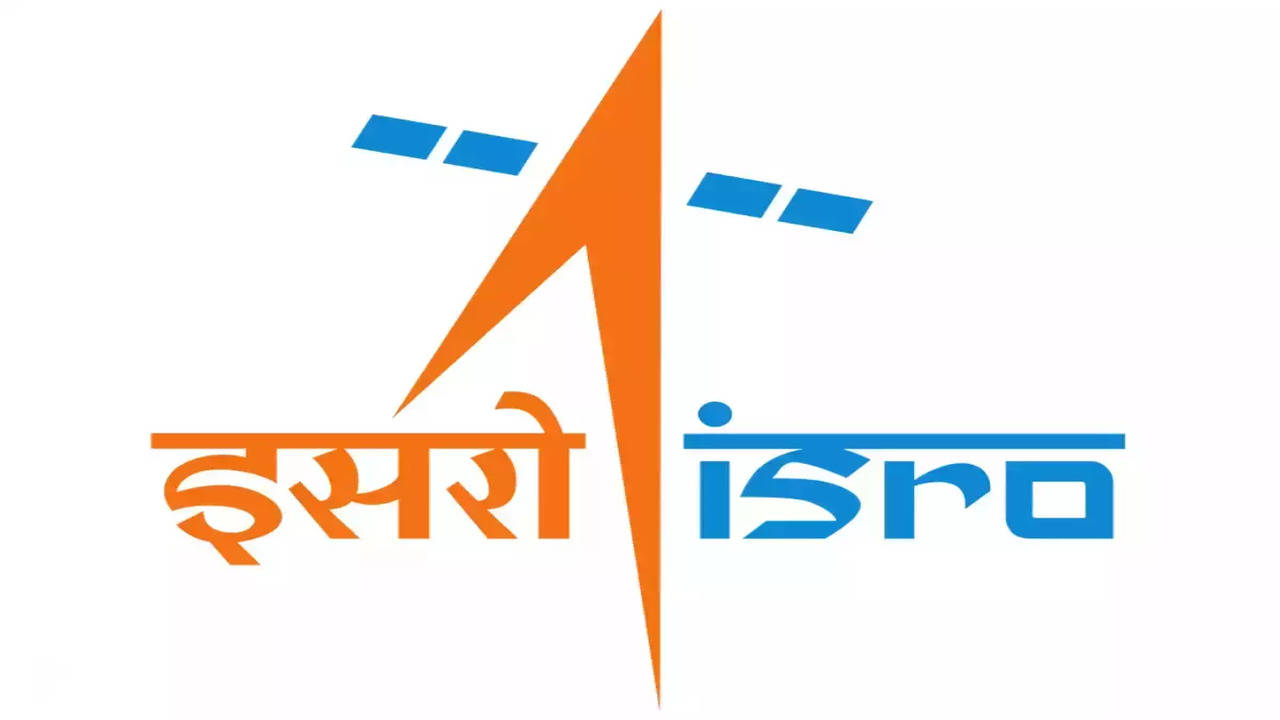
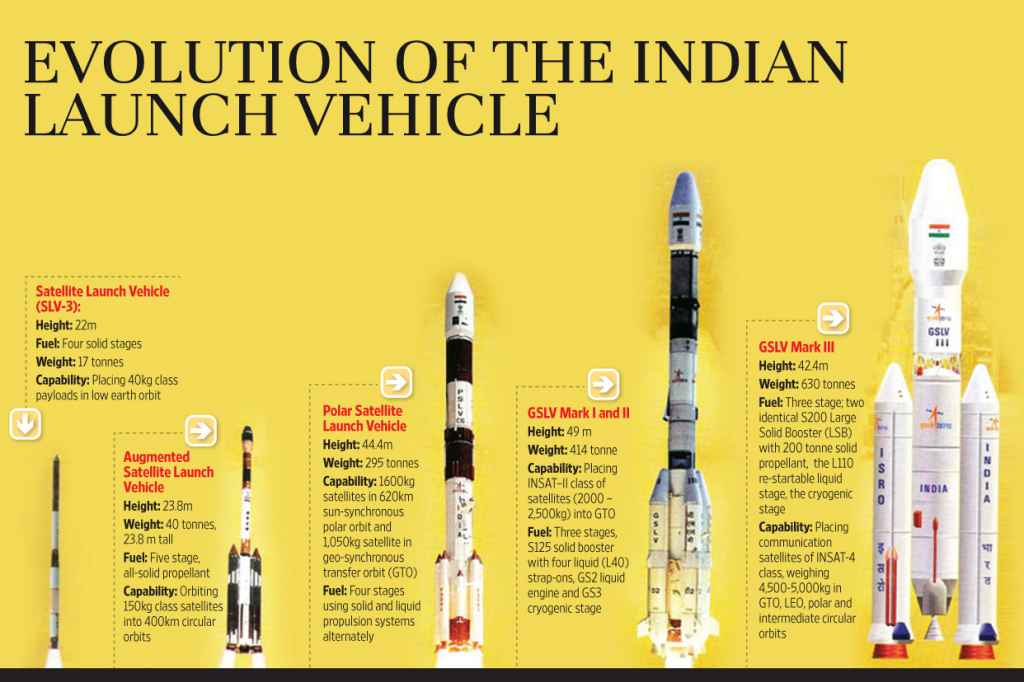
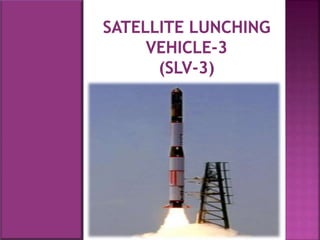
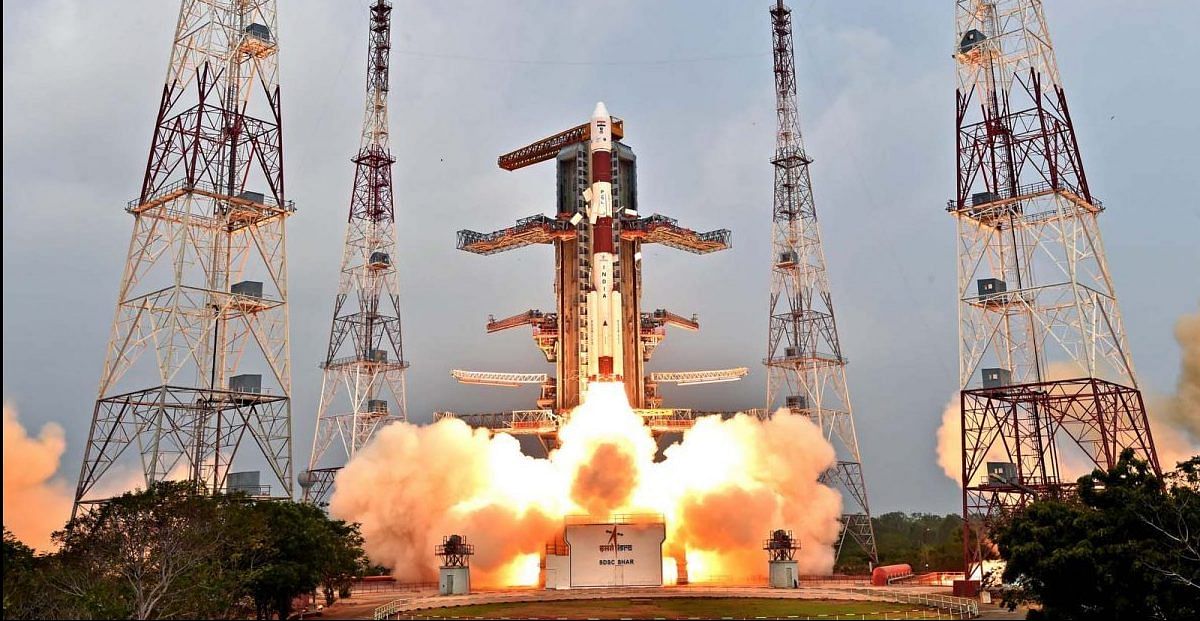




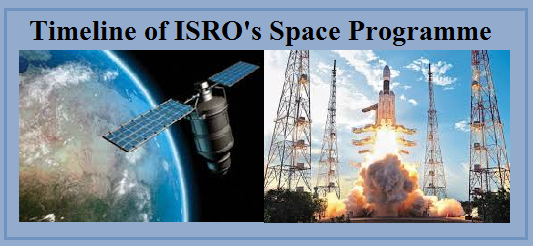

Comments